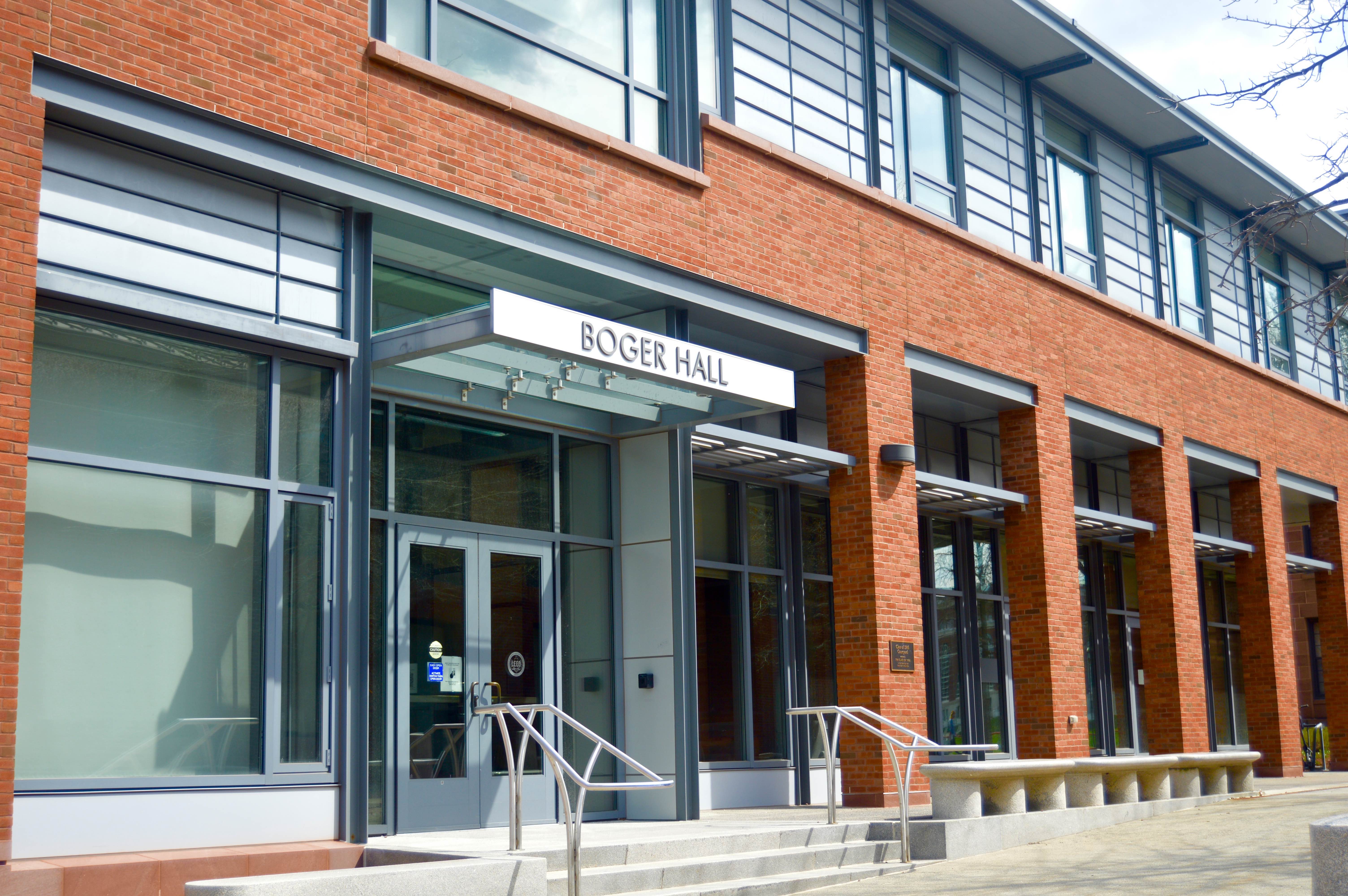
c/o Alexandra Turtil, Staff Photographer
Post-graduation planning has been uncommonly challenging for students over the last year and a half, given the spike in unemployment during the COVID-19 pandemic. The overall U.S. unemployment rate currently stands at around 6.0%, higher than it was in February 2020 at about 3.5%. Among college graduates, the current unemployment rate is about 3.7%, a figure that is greater than its February 2020 level of 1.9 %.
The University’s Gordon Career Center (GCC), where students can go for help with their resumes, interviewing skills, and general career planning, has adapted its programming and continued to provide guidance for students in new ways.
“Due to the large number of students we serve in a typical day, we could not reopen safely in the fall,” Career Center Director Sharon Castonguay wrote in an email to The Argus. “We continue to conduct advising appointments via Zoom and have held or co-sponsored hundreds of virtual events so far this year. [These have included] Cardinal Connections, which brings together students and alumni from a wide variety of industries for one-on-one or small group discussions; and Alumni Career Conversations, webinar format events where students have been hearing from alumni like theater director and producer Thomas Kail ’99.”
The Career Center recently introduced Cardinals Helping Cardinals, an initiative that Castonguay described as an accessible way for students to connect with alumni and parents of University students in various industries.
The Career Center also collects detailed data on students’ post-graduation placements. The pandemic has made the job search more difficult, especially for graduates who are looking for employment in artistic fields.
“Students still seeking a job six months after graduation went up about ten percentage points in 2020 over 2019, but that difference was the result of fewer students accepting positions in industries hit hard by the pandemic, particularly within creative fields like film, theater, and media,” Castonguay wrote. “Other industries, like business and law, remain robust.”
Indeed, the class of 2019 saw 15% of its employed graduates working in the leisure, arts, and entertainment industries, while only 6% of employed graduates from the class of 2020 had jobs in those fields. Notably, the percent of graduates’ jobs in technology, engineering, and science increased from 7% in 2019 to 14% in 2020. Most other industries took about the same percent of newly employed Wesleyan graduates as in 2019.
However, it’s also important to note that while 92% of graduates reported their initial career outcomes in 2019, only 77% did in 2020. Although the statistics above are good estimates, it’s more difficult than usual to tell what the entire class profile looks like.
For students currently thinking about their post-graduation plans, Castonguay emphasized the abundance of job opportunities posted on Handshake, the University’s portal for jobs and internships.
“We currently have over 5,000 full-time opportunities posted,” Castonguay wrote. “[Filling out] a complete profile [on the site] will help Handshake learn more about your preferences and prioritize your feed accordingly.”
For those who are still exploring career paths more broadly, Castonguay pointed to her asynchronous online course, which all students can access for free.
“We recommend that all students take my Coursera class, Career Decisions: From Insight to Impact, which helps you uncover the societal, cultural, and peer influences that might be affecting your decision making,” Castonguay wrote. “But there’s no substitute for one-on-one career advising, which remains an option to you even after you graduate.”
Castonguay also recommended a method called the Rule of Three for students who are trying to learn about new fields and network with professionals.
“When I’m sitting down with a senior who is trying to learn more about different fields, I recommend what I call the Rule of Three: that they pick three news sources to read regularly, look for three organizations that have been mentioned in articles, and reach out to three people who work there to learn more about the industry and their experience with their employer,” Castonguay wrote in an email to The Argus.
Castonguay noted that among students who initially know what field they want to work in, most are interested in careers that require a specific training path.
“Students tend to come to Wesleyan undecided as to their future goals or set on a path that seems clearly defined, like medicine, law, or teaching,” Castonguay wrote.
According to Associate Director for Career Advising Pam Grande, start-up companies have done well over the course of the pandemic, and she encourages students to consider opportunities there.
“Wes grads do well and can stand out in these environments,” Grande wrote in an email to The Argus.
More generally, Castonguay encouraged students to consider initial job offers with an eye towards laying foundations for their careers.
“For a student who is considering whether or not to accept an offer, I ask them to consider these questions,” Castonguay wrote. “Will you learn something you want to learn? Will you add something valuable to your resume? Will you be able to expand your professional network in your new field? If you can answer yes to all three, then even if it’s not your dream job, it’s probably not a bad opportunity for you.”
Anne Kiely can be reached at afkiely@wesleyan.edu